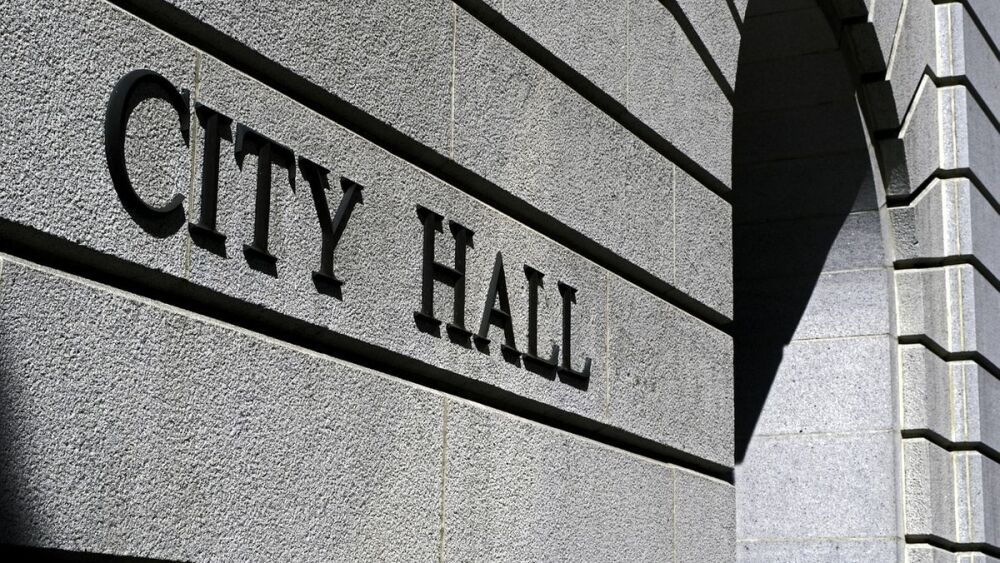By Erica Gies
Ensia
September 1, 2015 — Memorial Day barbecues and parades were thwarted this year in Houston when a massive storm dumped more than 10 inches of rain in two days, creating a Waterworld of flooded freeways, cars, houses and businesses, leaving several people dead and hundreds in need of rescue.
But it was a predictable disaster. That’s because, thanks to a pro-development bent, the magnitude of stormwater runoff has increased dramatically as Houston has sprawled across 600 or so square miles of mud plain veined with rivers, sealing under asphalt the floodplains and adjoining prairies that once absorbed seasonal torrential rains and planting development in harm’s way. Land subsidence from groundwater pumping and oil and gas development and, now, sea level rise and more frequent and severe storms are applying additional pressure from Galveston Bay, which sits just east of the city of 2.2 million.
The good news? Houston had already begun shifting gears, hoping to reduce the severity of future floods by reclaiming 183 miles of natural waterways that snake through the city and 4,000 acres of adjacent green space from industrial areas through a project known as the Bayou Greenways. The goal is to absorb rain where it falls, reducing the volume rushing into stormwater detention facilities, and to encourage biking and walking as “active transit” in the parks that make up the Bayou Greenways.
Read full coverage here.












